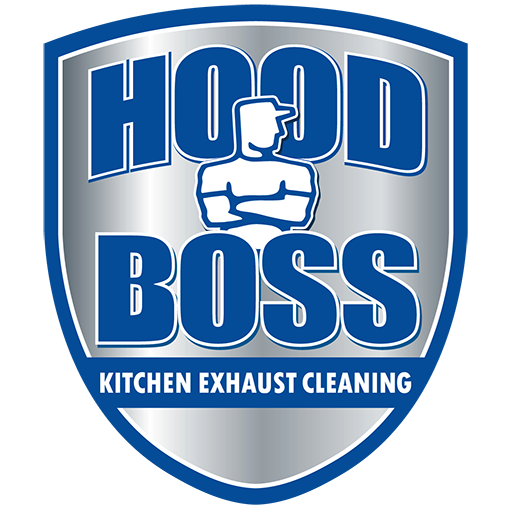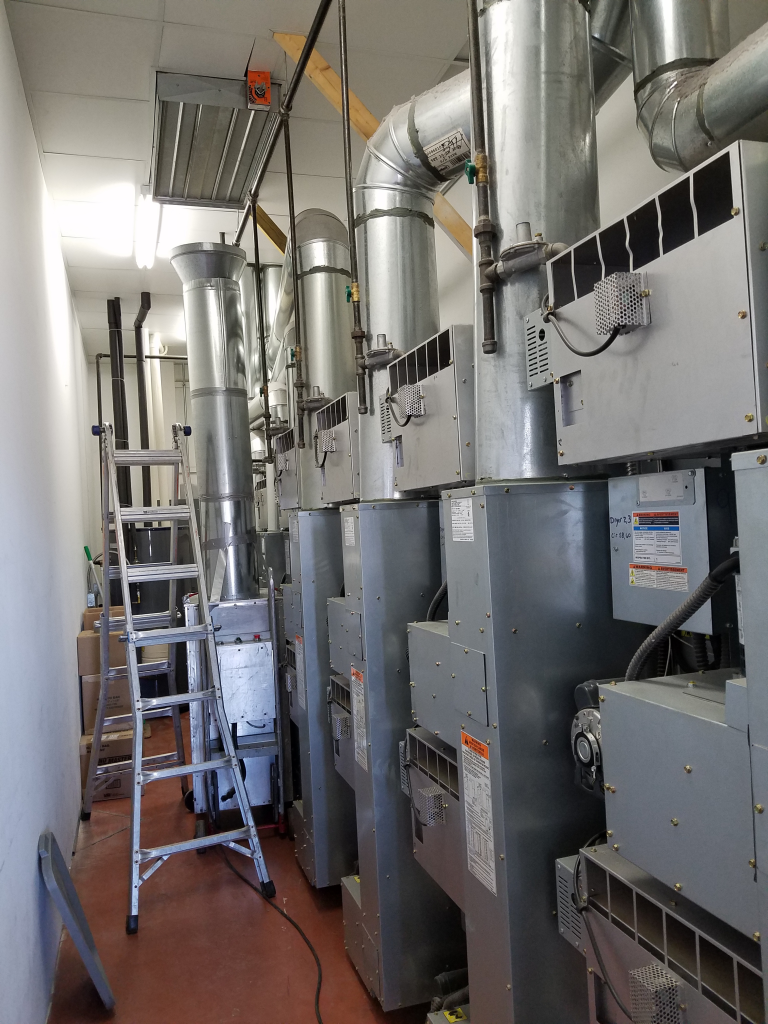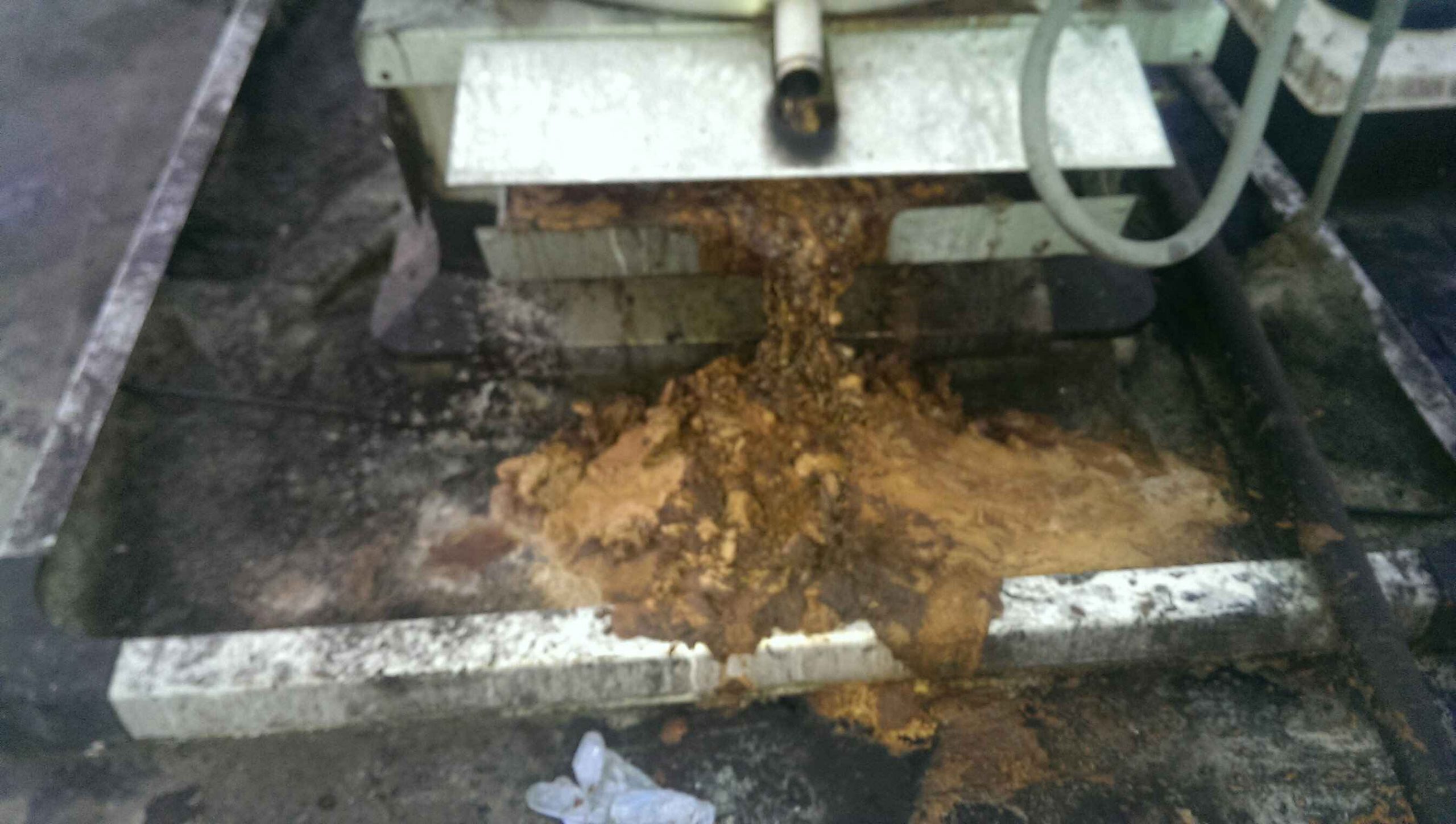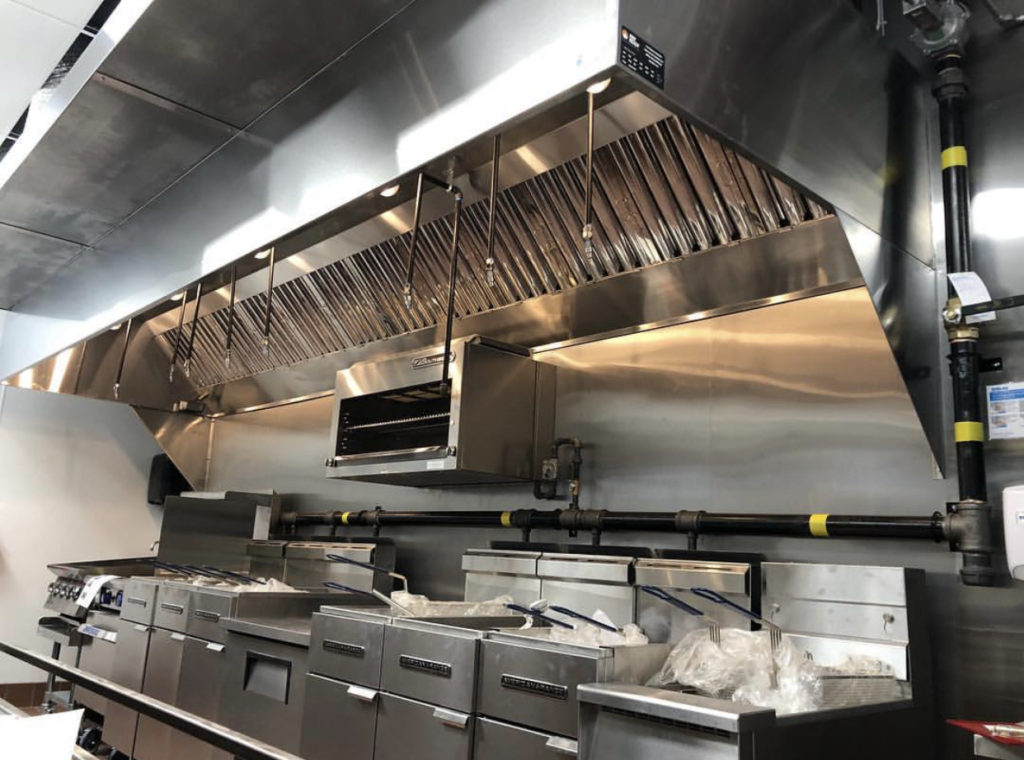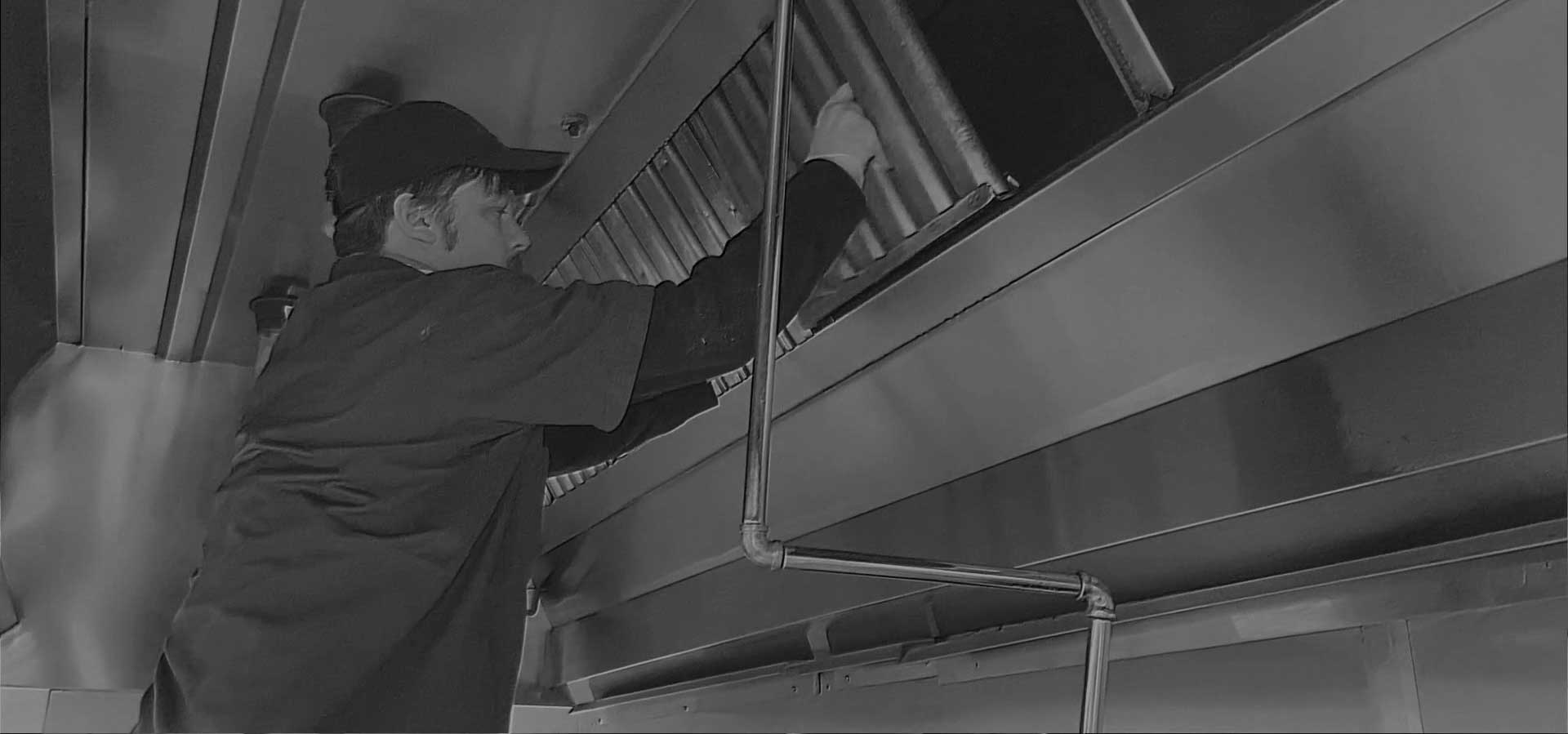It is important for facilities that use commercial dryers daily to develop a maintenance schedule that includes dryer lint removal to avoid the risk of dryer combustion. Commercial dryer vent fires are responsible for a substantial number of damages, injuries, and deaths annually. The National Fire Protection Association (NFPA) states there are an average of 3,700 structure fires at hotel or motel properties annually, causing $127 million in damage. Of those fires, 9% are clothes dryer related. Also, dryer fires involving commercial dryer vents have a 78% higher injury rate than residential dryer fire.
At a minimum, clogged dryer vents are inefficient and costly to commercial building owners. By reducing the lint build-up in your ducts, the dryer will not have to work as hard. Increasing your dryer’s efficiency will use less energy while operating. A properly maintained dryer vent helps to achieve maximum performance and can extend the life of your dryers – saving you time and money on costly repairs.
 |
 |
 |
 |
When dryer vents become clogged with lint and dust, the dryer’s internal blower works harder and experiences back-pressure, leading to increased operating temperatures that in some cases, can ignite the lint clogged in the vents. Although you may clean the lint trap on your commercial dryer regularly, this only accounts for 25 percent of the lint that accumulates in your appliance. The rest builds up in your dryer vent system, restricts airflow, and creates a fire risk.
Improperly maintained dryer vents can not only start a fire, they can cause health problems for those working in the environment. A commercial unit can emit up to a gallon of moisture per load, the dryer vent system eliminates this moisture during the drying process. If a vent is blocked with lint, the trapped moisture can create mold and bacteria, which can cause respiratory problems or illness. For gas dryers, a clog in the vent system can prevent fumes from properly exhausting, causing build-up of carbon monoxide.
Keep an eye out for these common warning signs:
- Laundry taking longer than normal to dry or is still damp when the cycle ends is a sign of an airflow restriction in the dryer vent
- Excessive heat in the laundry room while the dryers are running may indicate a back up in the ventilation system
- Strange noises coming from the dryer may indicate it is about to overheat
- Squeaking or metal scraping noises indicate the dryer is running harder than normal due to oils drying up. Metal on metal issues can cause overheating and could produce a spark
Tips for dryer safety:
- Always have someone on duty whenever dryers are running to catch any problems
- Remember to clean lint filters after every load and check for tears or rips
- Keep combustible items away from dryer, such as loose lint, clothing, or cardboard boxes
Any facility that has consistent daily usage of commercial dryers, should have them inspected and maintained on a regular basis. As professionals responsible for public safety, either directly or indirectly, it is important to know the dangers that may exist in your facility and how to mitigate them. Regular maintenance will prevent fires, increase equipment’s efficiency, and save on energy costs.
